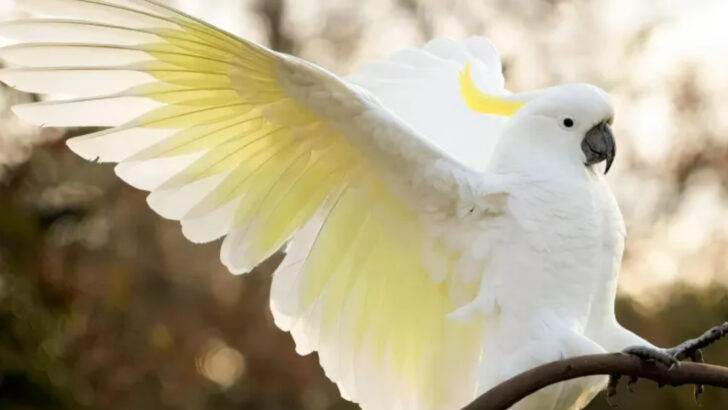Some birds live longer than your car. Some outlive your grandparents. A few? They’ll still be around when you retire.
We’re talking decades of soaring, singing, and showing up every year like feathered little immortals. These aren’t your average backyard chirpers—they’re avian legends with serious time on their wings.
From parrots that can throw shade into their 70s to albatrosses that’ve been crossing oceans since disco was a thing, these birds are absolutely rewriting the rules of aging in the animal world.
Curious which winged wonders made the list? Get ready—you’re about to meet 16 birds that take “long flight” to a whole new level.
Wandering Albatross

Imagine a bird that can circle the globe and live for over 50 years! The Wandering Albatross, with its staggering wingspan, does just that. Found mostly in the Southern Ocean, these majestic birds glide gracefully for miles without flapping their wings.
Their secret to longevity lies in their slow-paced lifestyle and low reproductive rate, which reduces stress. A diet rich in fish and squid provides all the nutrients they need.
Did you know? They can sleep while flying, tucking their heads under a wing. Truly, the Wandering Albatross is a marvel of nature.
African Grey Parrot
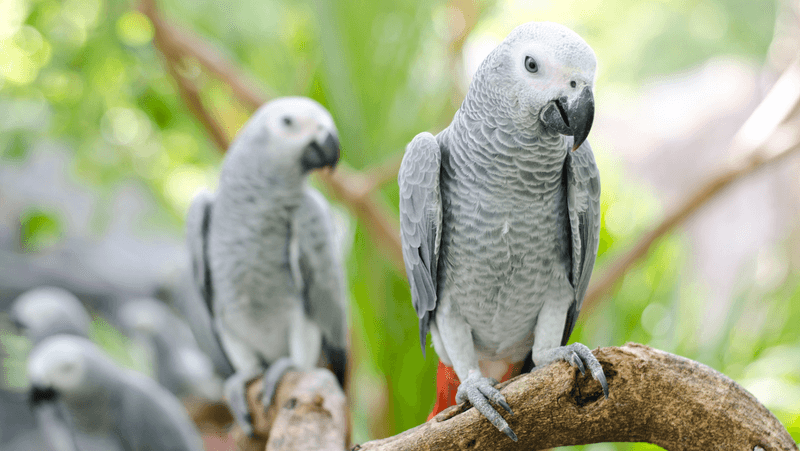
Renowned for their intelligence and mimicry skills, African Grey Parrots are also known for their impressive lifespans, often living up to 60 years. These parrots form strong bonds with their human companions and are considered one of the most intelligent bird species.
Their longevity is supported by a balanced diet of seeds, fruits, and vegetables, along with mental stimulation through toys and interaction.
Quirky fact: They have been known to learn hundreds of words and even understand simple concepts. With such a rich life, these parrots certainly leave a mark wherever they go.
Sulphur-crested Cockatoo
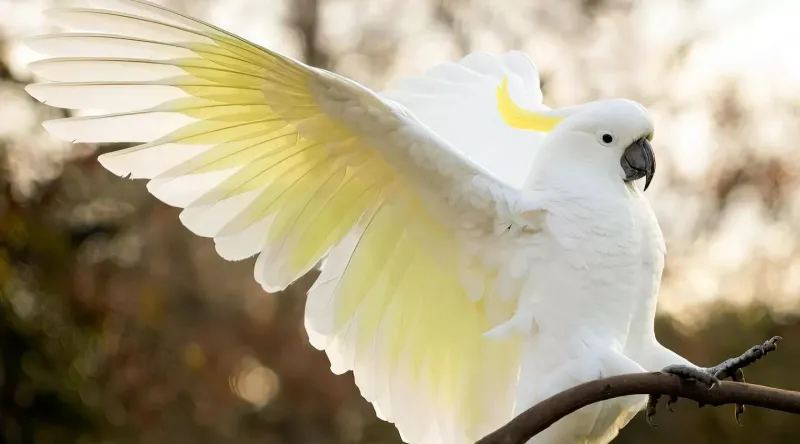
With a lifespan often exceeding 70 years, the Sulphur-crested Cockatoo is a true testament to avian endurance. These lively birds are native to Australia and nearby islands, where they thrive in diverse habitats from forests to urban gardens.
Their social behavior and strong group bonds play a crucial role in their long lives, providing companionship and protection. A diet rich in seeds and nuts, combined with a playful nature, keeps them healthy and active.
Interesting tidbit: They can be quite vocal, mimicking sounds and voices with incredible accuracy. Truly, they are the life of the party.
Macaw
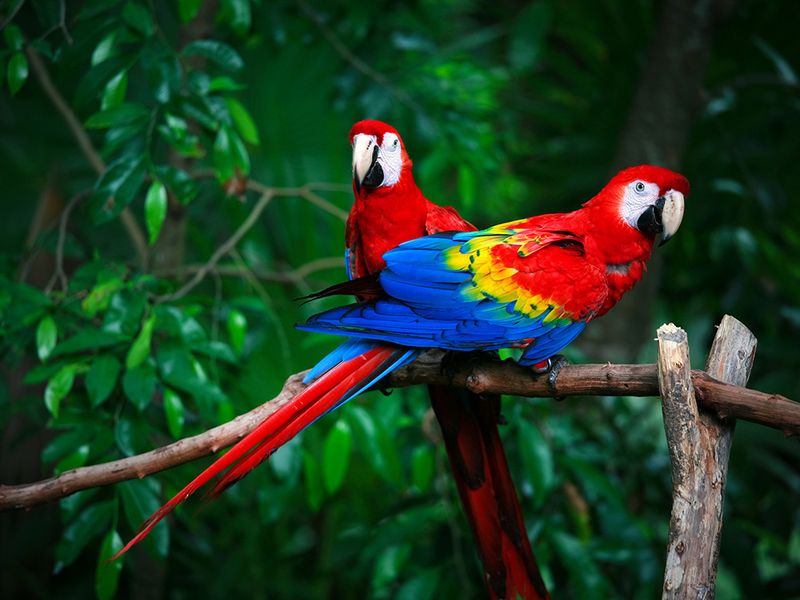
Macaws, with their vivid plumage and playful personalities, are not just visually striking but also long-lived. Some species, like the Blue-and-Gold Macaw, can live up to 50-60 years in the wild, and even longer in captivity.
Their long lifespan is attributed to a diet rich in fruits, nuts, and seeds, coupled with plenty of social interaction. In the wild, they are known for their monogamous pair bonds and complex social structures.
Fun fact: Macaws can use tools and are highly intelligent, solving problems with dexterity. Their lives are as colorful as their feathers.
Bald Eagle
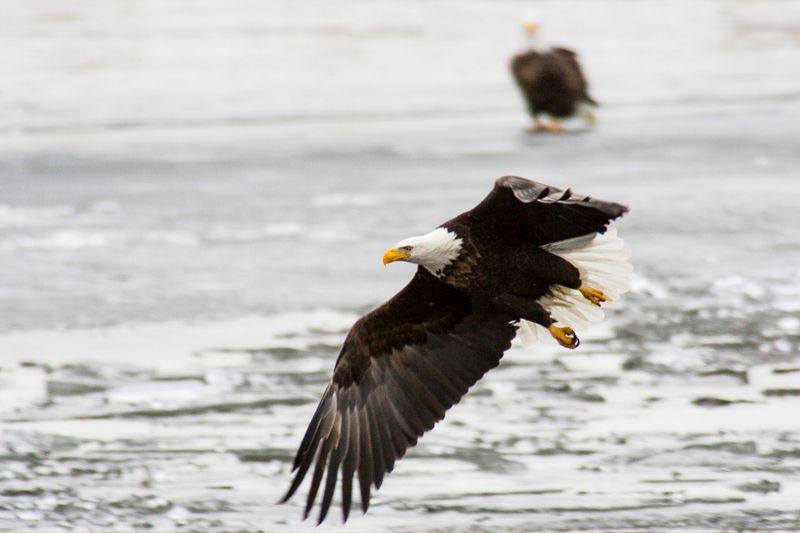
Symbolic of freedom and strength, the Bald Eagle is not just a national emblem but a bird of impressive longevity, living up to 30 years in the wild. Found across North America, these eagles thrive in varied habitats near water bodies.
Their diet consists mainly of fish, which they skillfully catch with their talons. Their longevity is further supported by strong nesting habits and minimal predation threats.
Interesting insight: Bald Eagles build the largest nests of any North American bird, using them year after year. Their resilience is truly awe-inspiring.
Snowy Owl
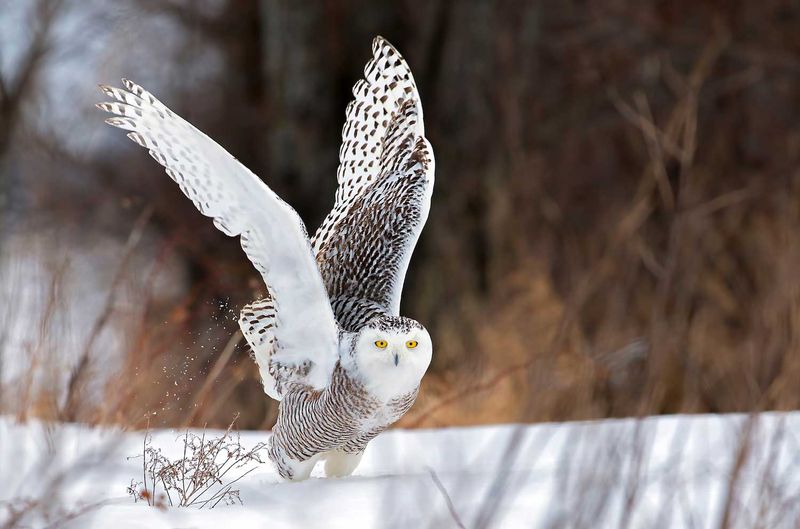
The Snowy Owl, a bird straight out of a winter wonderland, can live over 10 years in the wild. Native to the Arctic regions, these owls are perfectly adapted to cold climates with their thick plumage and keen hunting skills.
Their diet primarily consists of lemmings and other small mammals, providing them with the necessary energy to thrive in harsh environments. They are solitary and often migrate long distances for better feeding grounds.
Did you know? The Snowy Owl’s striking yellow eyes help them see in low light, making them exceptional hunters even at night.
Common Raven
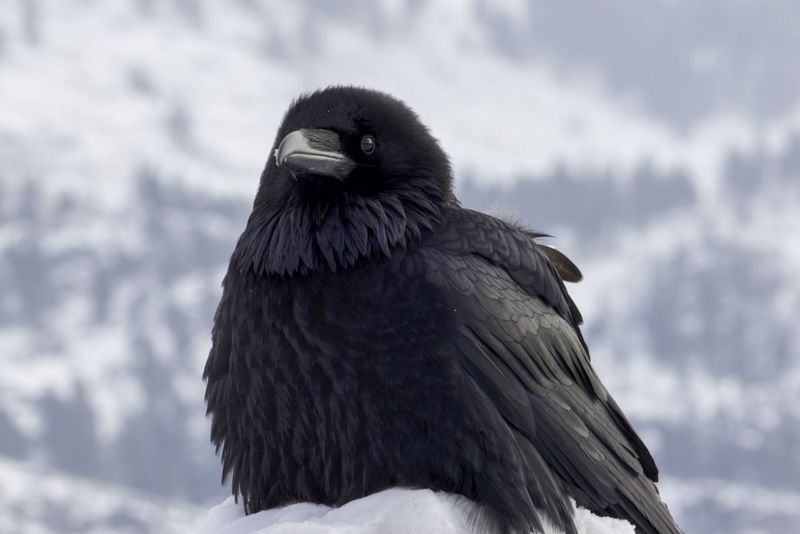
Smart, mysterious, and with a knack for problem-solving, the Common Raven can live up to 21 years in the wild. These intelligent birds are found throughout the Northern Hemisphere, adapting to a range of environments from forests to deserts.
Their diet is diverse, including insects, small animals, and even scavenged carrion, which keeps them well-nourished. Known for their complex vocalizations, they communicate with a variety of calls.
Fun fact: Ravens are known to play games and can mimic human speech, showcasing their remarkable intellect and social nature.
Laysan Albatross
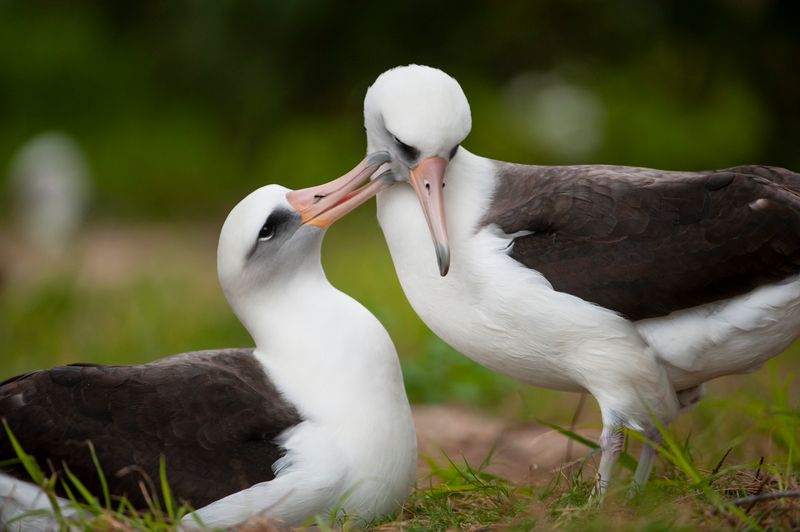
Continuing the legacy of long-living albatrosses, the Laysan Albatross can live over 60 years. Found in the North Pacific, these birds spend most of their lives flying over the ocean, returning to land only to breed.
Their diet mainly consists of squid and fish, providing the nutrients needed for long life. Like their wandering cousins, they have a slow reproductive cycle, which contributes to their extended lifespan.
Did you know? Laysan Albatrosses are known for their elaborate courtship dances, a charming spectacle of nature’s choreography.
Eastern Bluebird
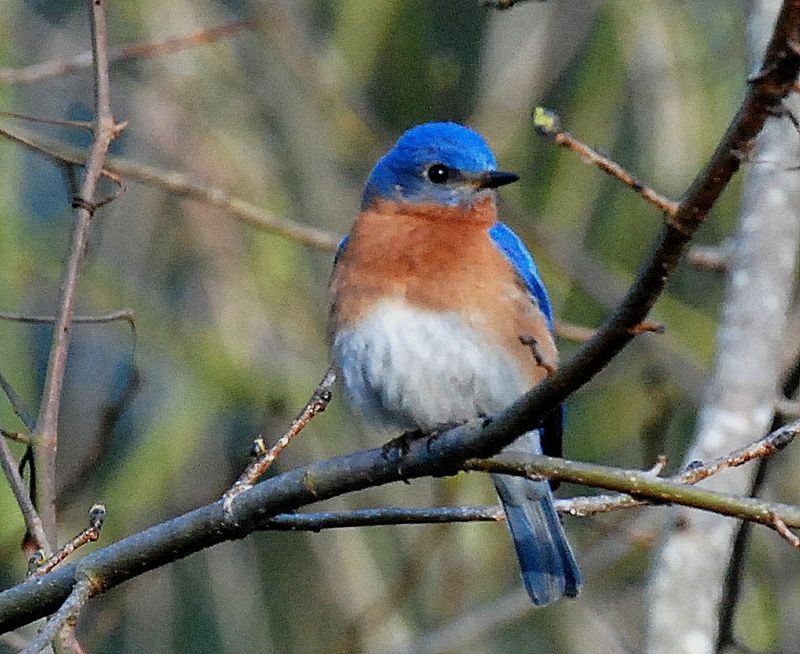
Though smaller than many on this list, the Eastern Bluebird can live up to 10 years, nesting in open woodlands and gardens across North America. Their bright blue plumage and cheerful song make them a favorite among birdwatchers.
Their diet includes insects and fruits, providing a balanced intake of nutrients essential for survival. They are known for their cooperative breeding habits, with previous offspring helping to raise young.
Interesting tidbit: Bluebirds often use nest boxes, making them a popular choice for conservation efforts to boost their populations.
Emperor Penguin
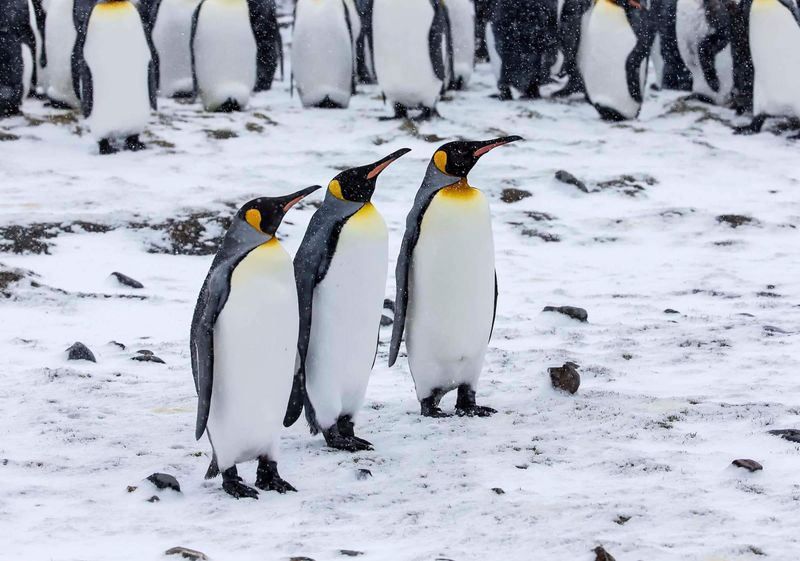
Enduring the harshest climates on Earth, Emperor Penguins can live over 20 years. Native to Antarctica, these penguins are known for their remarkable breeding behaviors and strong family bonds.
Their diet consists of fish, squid, and krill, which they hunt in icy waters. Their ability to withstand freezing temperatures is aided by their dense feathers and fat reserves.
Fun fact: Emperor Penguins are the only penguin species that breed during the Antarctic winter, showcasing incredible resilience and adaptation.
Cockatiel
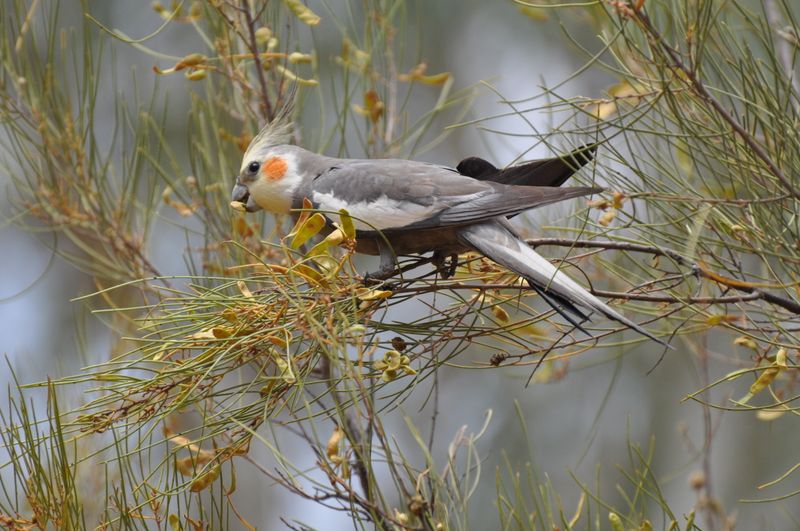
With their cheerful whistles and friendly demeanor, Cockatiels can live up to 20 years, making them beloved pets around the world. Originating from Australia, these small parrots adapt well to both wild and domestic environments.
A diet of seeds, fruits, and vegetables keeps them healthy, along with regular interaction and mental stimulation. They are social creatures, thriving on companionship and attention.
Did you know? Cockatiels can mimic sounds and songs, often learning to whistle tunes, adding to their charm and appeal as companion birds.
Great Horned Owl

The Great Horned Owl, a master of the night, can live over 28 years in the wild. Found across the Americas, they inhabit diverse environments, from forests to deserts.
These owls are fierce hunters, with a diet that includes mammals, birds, and reptiles, providing the energy needed for survival. Their powerful talons and silent flight make them formidable predators.
Quirky fact: Great Horned Owls are among the few birds that will prey on skunks, demonstrating their impeccable hunting skills and fearlessness.
Harpy Eagle
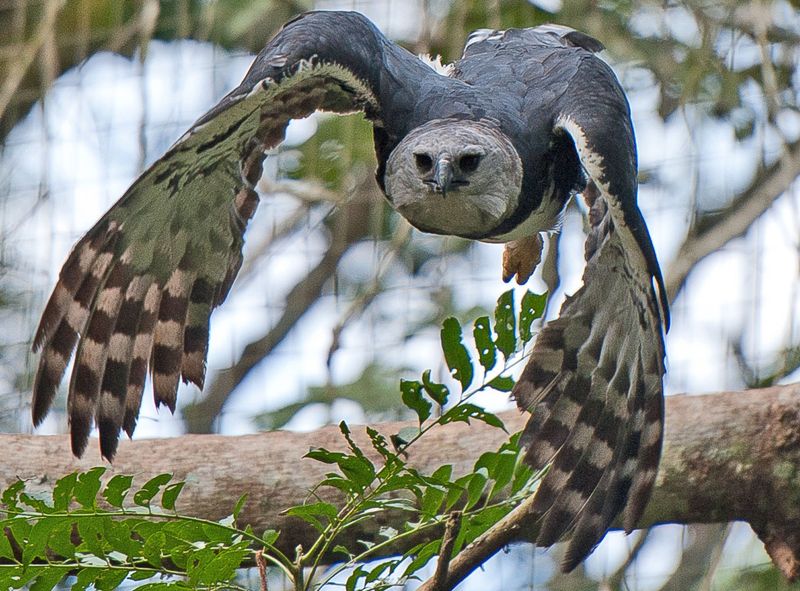
The Harpy Eagle, one of the largest and most powerful eagles, can live up to 35 years. Found in Central and South American rainforests, these eagles are apex predators, hunting monkeys and sloths with precision.
Their large size and strength are complemented by a diet rich in protein, vital for their long lifespan. They are solitary birds, often seen soaring high above the canopy.
Interesting insight: Harpy Eagles build massive nests, returning to them year after year, a testament to their territorial nature and commitment to family.
Andean Condor
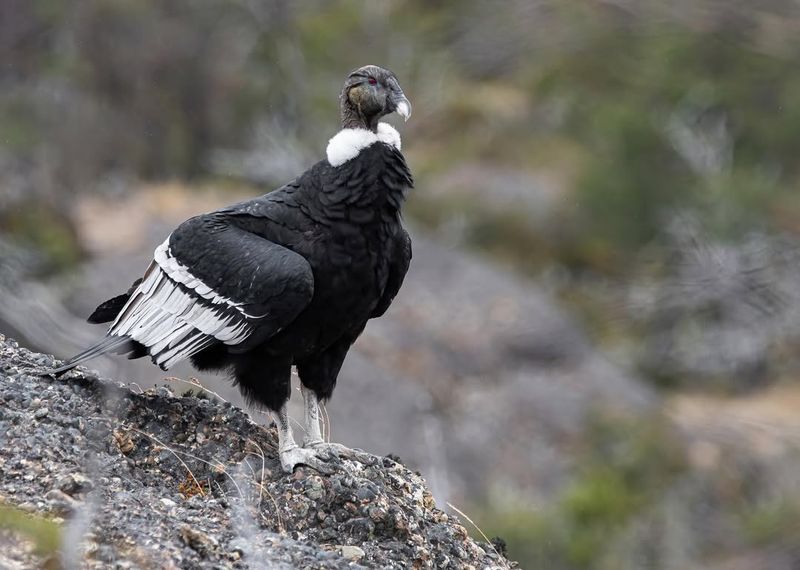
The Andean Condor, with its majestic presence, can live over 50 years. Native to the Andes Mountains, these birds are symbols of power and freedom, soaring effortlessly across vast landscapes.
Their diet mainly consists of carrion, which they scavenge with remarkable efficiency. Their robust constitution and minimal predation contribute to their impressive lifespan.
Fun fact: Andean Condors have one of the largest wingspans of any bird, enabling them to travel great distances with minimal effort, a true marvel of avian adaptation.
Kakapo
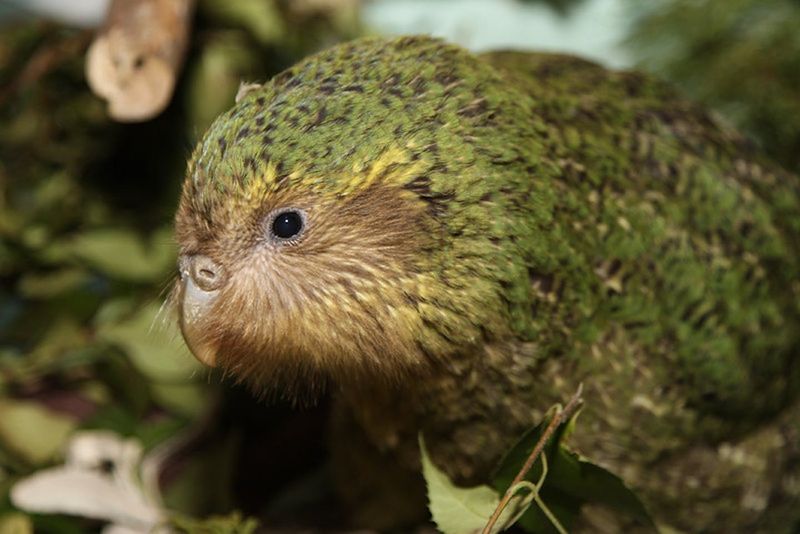
The Kakapo, a flightless parrot from New Zealand, can live over 60 years, making it one of the longest-living birds. Known for their nocturnal habits, these parrots are critically endangered, with conservation efforts underway to protect them.
Their diet consists mainly of native fruits, seeds, and plants, contributing to their longevity. They are solitary and have a unique booming call used during mating seasons.
Did you know? Kakapos are known for their endearing clumsiness and are often described as having a playful, yet gentle disposition, winning hearts worldwide.
Common Tern
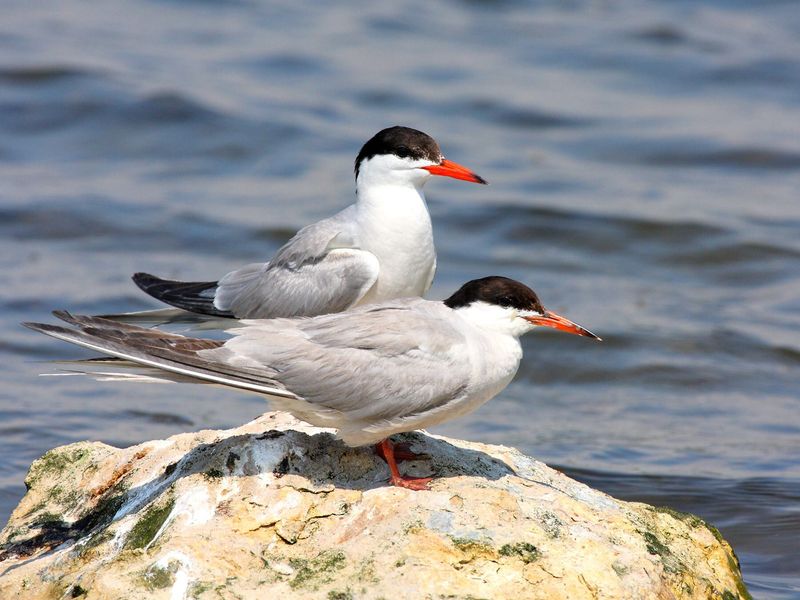
Known as the “sea swallow,” the Common Tern embodies agility and perseverance. With a lifespan that can exceed 20 years, these birds are expert navigators of the skies, traveling thousands of miles during migrations.
Their sleek bodies and pointed wings allow for swift and precise movements, slicing through the air with elegance. On the wing, they are a spectacle of freedom and tenacity.
Their migratory journeys from breeding grounds to winter habitats are epic, showcasing their resilience and adaptability, ensuring they thrive across vast distances.

